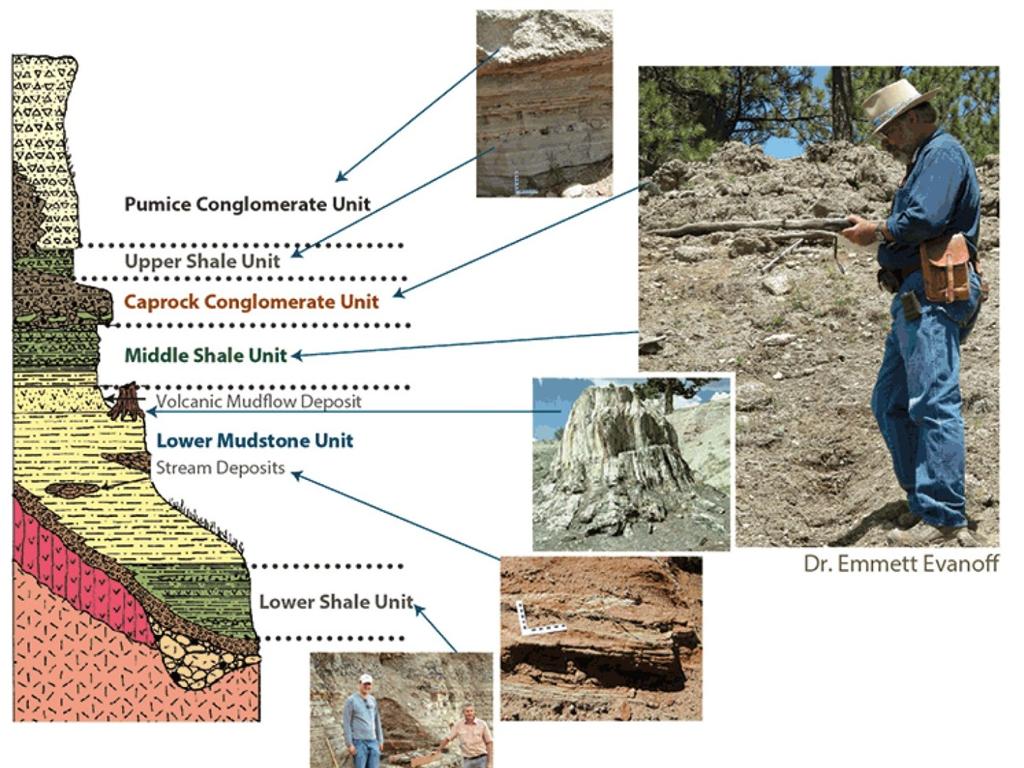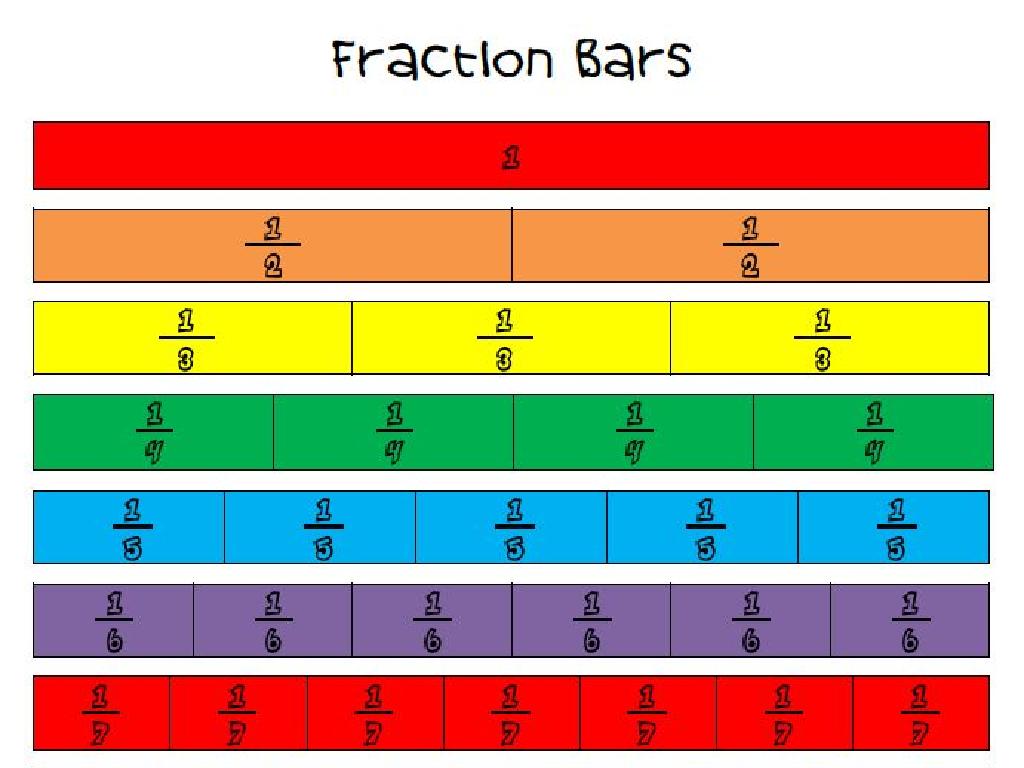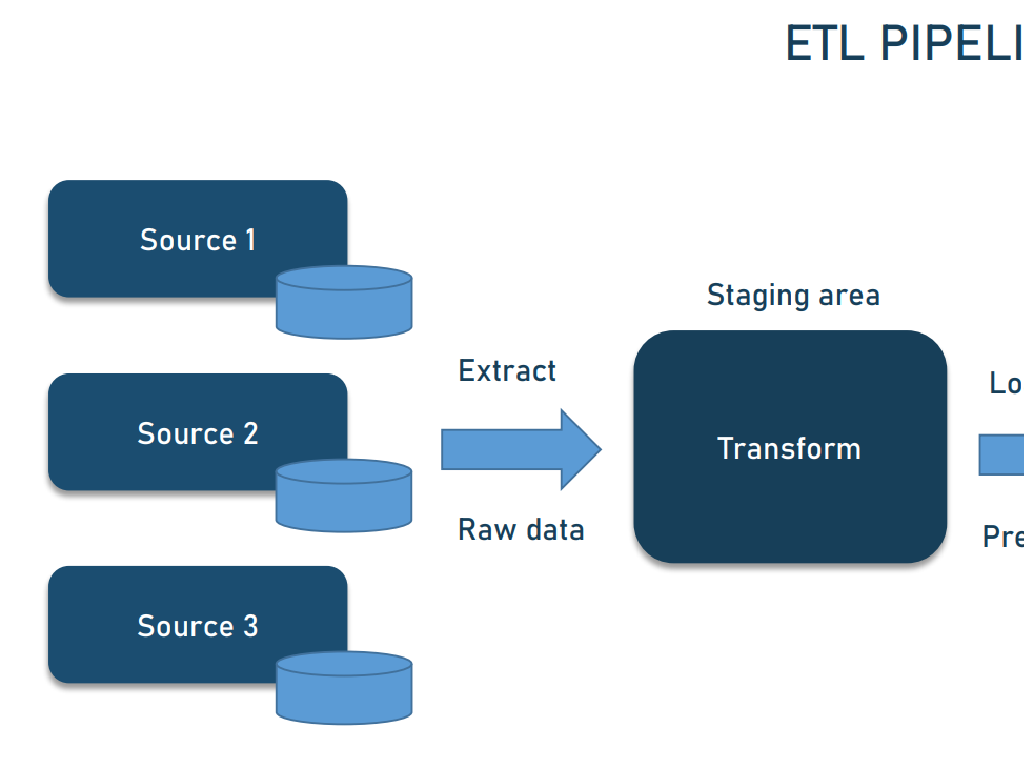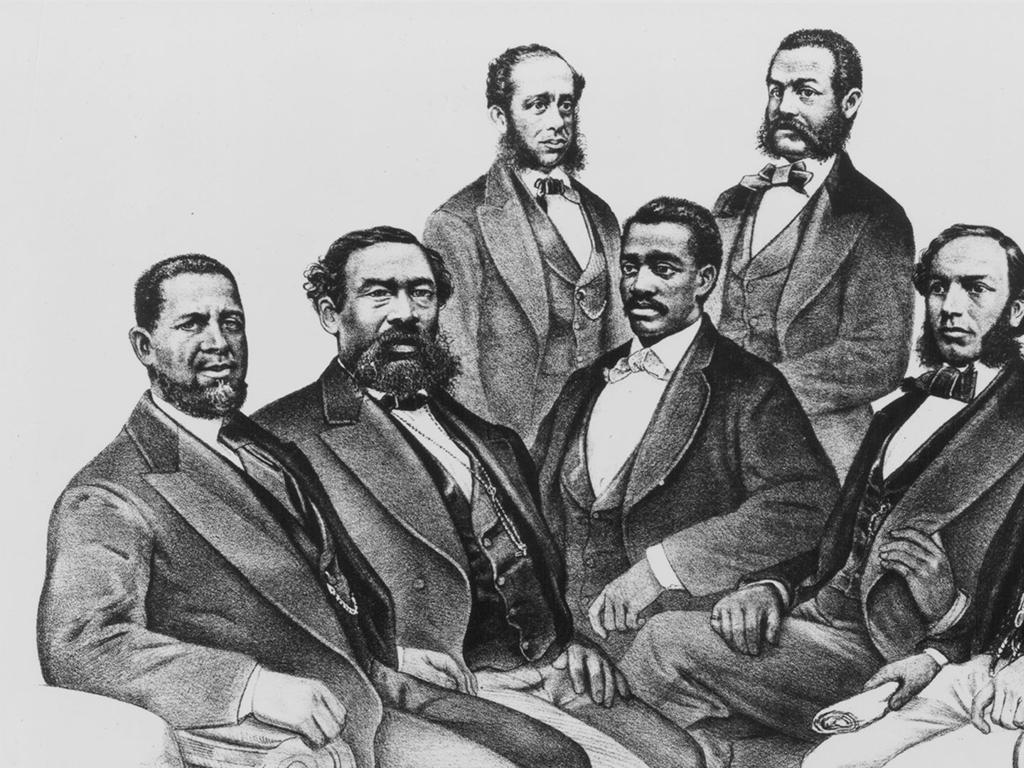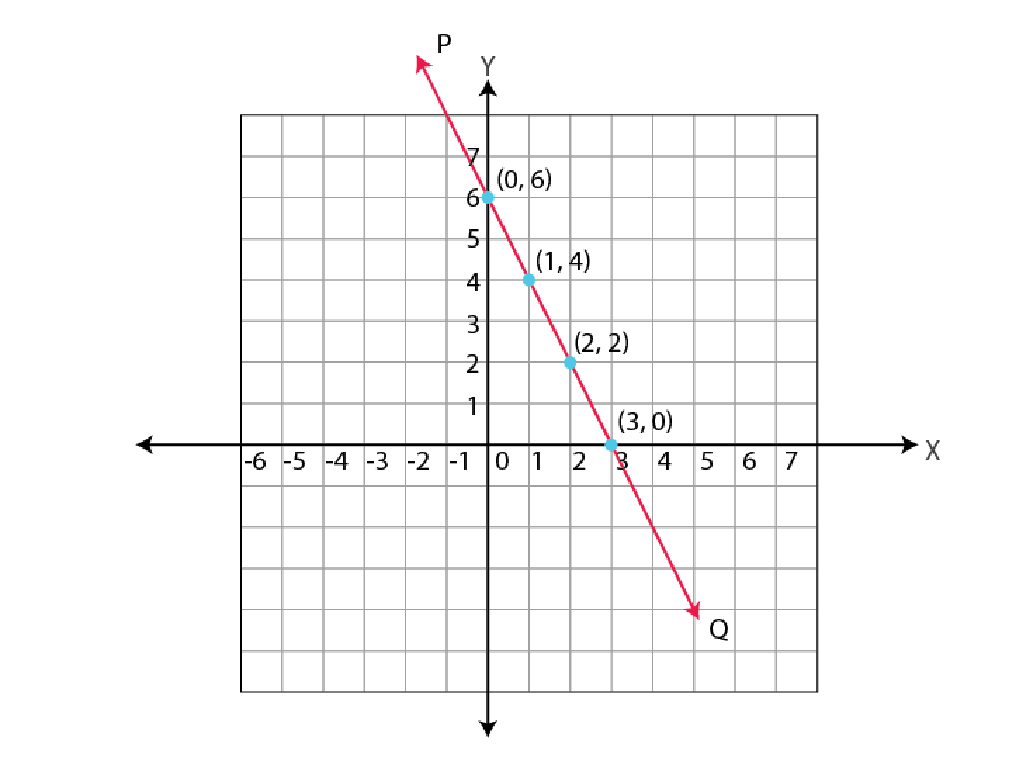Estimate Products: Multiply By 2-Digit Numbers
Subject: Math
Grade: Fourth grade
Topic: Multiply By Two-Digit Numbers
Please LOG IN to download the presentation. Access is available to registered users only.
View More Content
Introduction to Estimation
– What is estimation?
– Estimation helps us find a number close to an exact amount.
– Benefits of estimation skills
– Estimation saves time, helps check work, and is practical.
– Estimation in daily life
– Examples: Shopping, cooking, and planning time.
– Practice estimation with examples
– Let’s estimate the product of 24 x 36 using rounding.
|
This slide introduces the concept of estimation, which is finding a number that is close enough to the right answer, usually within a range. Discuss why estimation is a valuable skill in mathematics and in everyday life, such as making quick calculations when shopping or cooking, or even when planning how long a trip might take. Provide students with examples of estimation, and encourage them to think of times they have used or could use estimation themselves. Conclude with a class activity where students practice rounding two-digit numbers and then estimating their product, reinforcing the concept with practical application.
Understanding Estimation in Multiplication
– What is estimation?
– Estimation helps us find a number close to the exact answer.
– Exact vs. Estimate
– Exact numbers are precise, estimates are close guesses.
– Rounding numbers for estimates
– To round, look at the digit to the right of the place you’re rounding to.
– Practice estimation with examples
– Let’s estimate 47 x 6 by rounding 47 to 50 first.
|
This slide introduces the concept of estimation, which is a crucial skill in mathematics, especially when dealing with large numbers. Begin by defining estimation as a way to find an approximate value that is close to the exact answer. Highlight the difference between exact numbers and estimates, emphasizing that estimation is useful when an exact number is not needed, or when a quick calculation is required. Teach students how to round numbers to the nearest ten or hundred to make estimation easier. Use examples like 47 x 6, where 47 can be rounded to 50 to quickly estimate the product as 300. Encourage students to practice with different numbers and to understand when it’s appropriate to use estimation.
Rounding to Estimate Products
– Learn to round to nearest ten and hundred
– Rounding makes numbers simpler to work with
– Practice rounding with class examples
– We’ll round numbers as a group to learn together
– Understand how rounding helps in estimation
– Rounding gives us a close idea of large numbers without exact calculation
– Apply rounding to estimate products
– Use rounded numbers to quickly estimate the result of multiplication
|
This slide introduces the concept of rounding as a foundational skill for estimating products when multiplying by 2-digit numbers. Start by explaining the rules for rounding to the nearest ten and hundred, emphasizing the importance of identifying the place value. Engage the class with interactive rounding exercises, using numbers that are relevant and easy to understand. Show how rounding simplifies complex multiplication by avoiding the need for precise calculations, which can be time-consuming. Provide examples where students round two numbers before multiplying to estimate the product, reinforcing the practical application of this skill in everyday math problems.
Multiplying by 2-Digit Numbers
– Review basic multiplication facts
– Steps to multiply by 2-digit numbers
– Stack numbers, multiply ones, then tens, add results
– Work through example problems
– Example: 23 x 45, start with 5 x 3, then 5 x 2, carry over, and so on
– Practice with class activities
– Use example to guide activity, ensure understanding
|
Begin the lesson by reviewing multiplication facts to ensure students are comfortable with single-digit multiplication. Then, introduce the concept of multiplying by two-digit numbers, emphasizing the importance of place value and the process of carrying over. Work through example problems on the board, step by step, to demonstrate the method. Finally, engage the students with hands-on class activities where they can practice multiplying by two-digit numbers, either individually or in small groups. Provide different levels of difficulty in the problems to cater to varying student abilities. Encourage students to explain their thought process to reinforce their understanding.
Estimating Products with 2-Digit Numbers
– Learn to round numbers for estimates
– Round to the nearest ten or hundred to simplify
– Understand why estimates are useful
– Helps check work & make quick calculations
– Practice estimating before multiplying
– Solve example: Estimate 47 x 68 by rounding
– Build confidence with estimation
|
This slide introduces students to the concept of estimating products by rounding numbers. Emphasize the importance of rounding to the nearest ten or hundred as a tool to simplify multiplication problems. Explain that estimation is a valuable skill for making quick calculations and for verifying the results of more precise operations. Provide practice problems where students round two-digit numbers before multiplying to estimate the product. Encourage students to discuss how estimation can be a useful tool in everyday situations, such as shopping or planning events. The goal is to build their confidence in using estimation as a part of their mathematical toolkit.
Estimation Strategies in Multiplication
– Front-End Estimation
– Round the first digit, keep others as zero e.g., 34 becomes 30
– Compatible Numbers
– Find numbers that are easy to multiply e.g., 25 x 4 instead of 24 x 4
– Using Benchmarks
– Use numbers close to 10, 100, etc., to estimate e.g., 50 x 99 H 50 x 100
– Practice Estimation
|
This slide introduces students to various estimation strategies for multiplying by 2-digit numbers. Front-End Estimation involves rounding the first digit of a number and turning the other digits into zeros, simplifying the multiplication process. Compatible Numbers strategy is about finding numbers that are easier to multiply together. Using Benchmarks involves rounding numbers to the nearest ten, hundred, or thousand to make mental calculations more manageable. Encourage students to practice these strategies with different numbers to see which method works best for different scenarios. Provide examples and have students work through them to apply these strategies.
Class Activity: Estimation Station
– Group activity instructions
– Estimate products using rounding
Round numbers to nearest ten or hundred, then multiply.
– Share and compare estimates
Each group presents their estimates and actual products.
– Discuss estimation vs. actual product
Understand when estimation is useful and its limitations.
|
This activity is designed to help students understand the concept of estimation in multiplication. Divide the class into small groups and provide each with a set of multiplication problems involving 2-digit numbers. Instruct them to round each number to the nearest ten or hundred before multiplying to estimate the product. Afterward, have them calculate the actual products and share their results with the class. Discuss how close the estimates were to the actual products and when it might be useful to estimate in real life, such as when shopping or planning time needed for tasks. Possible activities include estimating costs of items in a mock store, estimating time needed for homework, or estimating distances on a map.
Estimating Products: Review & Practice
– Recap key multiplication concepts
– Review rounding numbers and estimating products.
– Solve individual practice problems
– Tackle problems using learned methods.
– Review answers collectively
– Discuss different solving strategies.
– Understand estimation techniques
– Grasp why estimation simplifies calculations.
|
This slide is aimed at reinforcing the day’s lesson on estimating products when multiplying by 2-digit numbers. Begin by summarizing the key points, such as rounding numbers to the nearest ten or hundred to make multiplication easier. Provide a set of practice problems for students to work on independently, ensuring a range of difficulties to cater to all levels. Afterward, bring the class together to discuss the answers, highlighting different methods used by students. Emphasize the importance of estimation as a tool for checking work and making complex multiplication more manageable. Encourage students to share their thought processes and any challenges they faced during the practice.
Homework and Next Steps: Estimation Mastery
– Complete the Estimation Worksheet
– Finish the worksheet to practice estimating products with 2-digit numbers.
– Preview: Multiplying Larger Numbers
– We’ll learn to multiply bigger numbers next class!
– Practice multiplication at home
– Try multiplying numbers when shopping or cooking with family.
– Use estimation in daily activities
– Guess the total cost of groceries or count items in groups.
|
For homework, students are tasked with completing an estimation worksheet that reinforces today’s lesson on estimating products when multiplying by 2-digit numbers. The next lesson will expand their skills to multiplying larger numbers, building on their estimation techniques. Encourage students to practice multiplication in real-life situations at home, such as calculating the total cost of items while shopping or measuring ingredients during cooking. This practical application helps solidify their understanding of estimation and multiplication. Provide tips for parents to support their child’s learning at home, emphasizing the importance of practice and real-world application of math skills.

